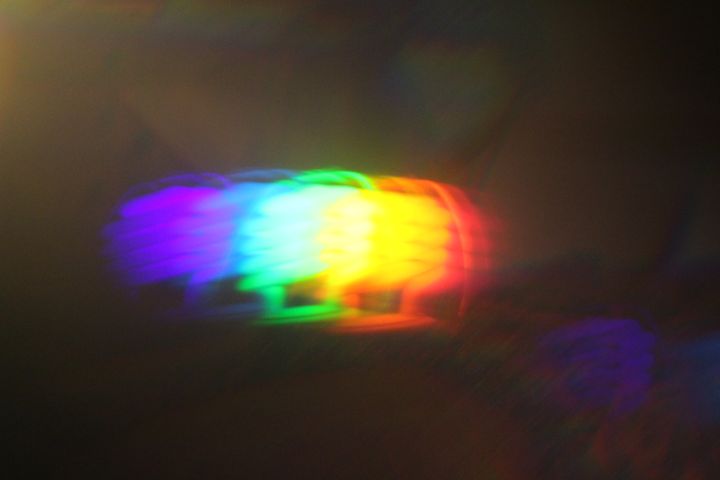Light Sources
"Trying to make a silk purse out of a sow's ear"
Some major limitations for developing my optics projects in my garage workshop have been the following: the Phoenix summer heat precludes working in the garage during that season; most modern spectral studies use diffraction gratings whereas I am primarily using prisms; and my light sources are limited to a single filment light bulb for a continuous source and compact fluorescent bulbs for an emission source (the element mercury). For emission lines I cover a fluorescent bulb with an empty can in which I have cut a thin slit.
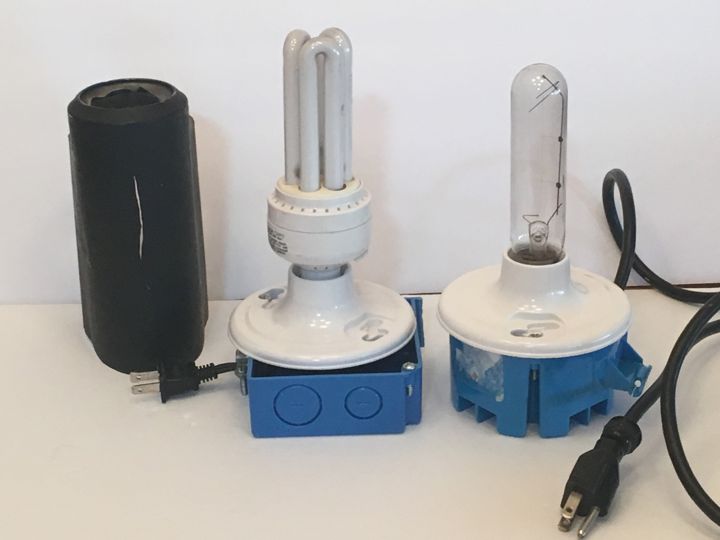
The two images below show the continuous spectrum of the single filment light bulb that I obtained at night through my prism star spectrograph-telescope, as well as a graph of that image in RGB intensities. Some red and blue reflections are indicated on the graph, which probably occurs in the space between the objective lens ofthe telescope and the large glass prism in front of the lens. To obtain this image I put the light bulb at one end of my yard and the prism telescope/spectrograph at the other end of the yard.

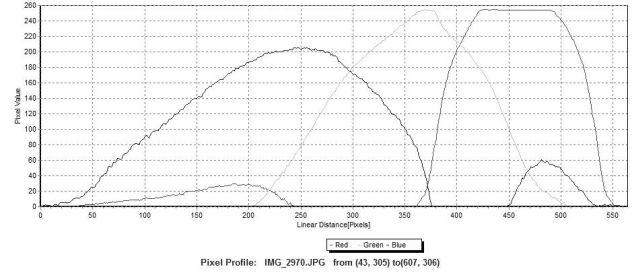
The two images below are the compact fluorescent bulb covered with the can in which the slit is cut. The only difference between the two exposures is the length of time the images were exposed.
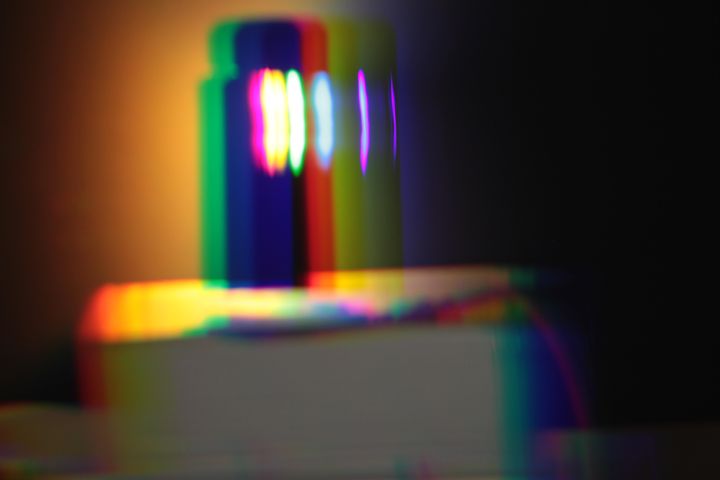

The two images below are of a CD and a DVD that are illuminated by the can-covered compact fluorescent bulb. The CD shows the mercury spectrum on both the left and right sides of the CD, but the DVD, because it has more lines than the CD, has the spectrum more dispersed (spread out) so that each side of the DVD has only a part of the complete spectrum.
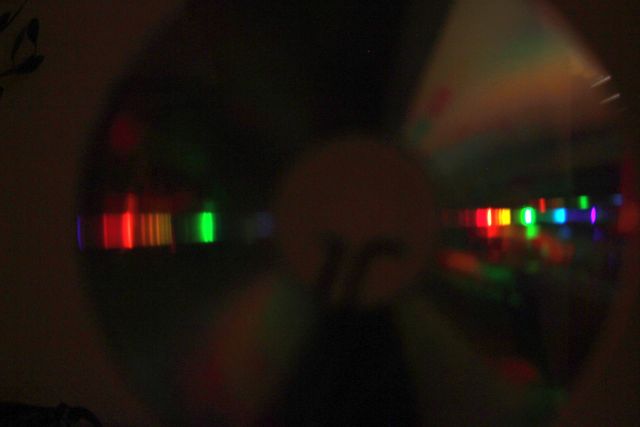
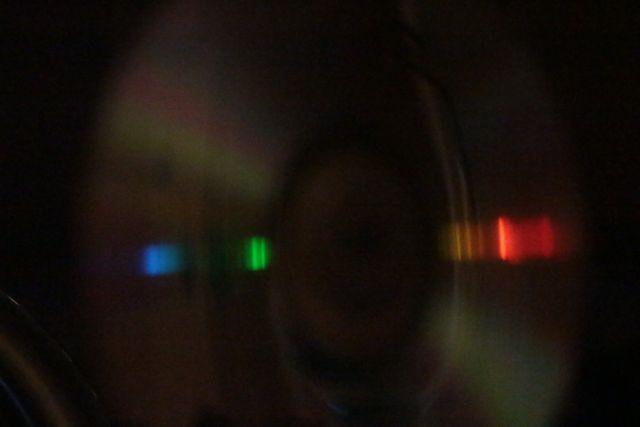
These images were made in my back yard through my prism star spectrograph-telescope with my can-covered compact fluorescent bulb as the light source.
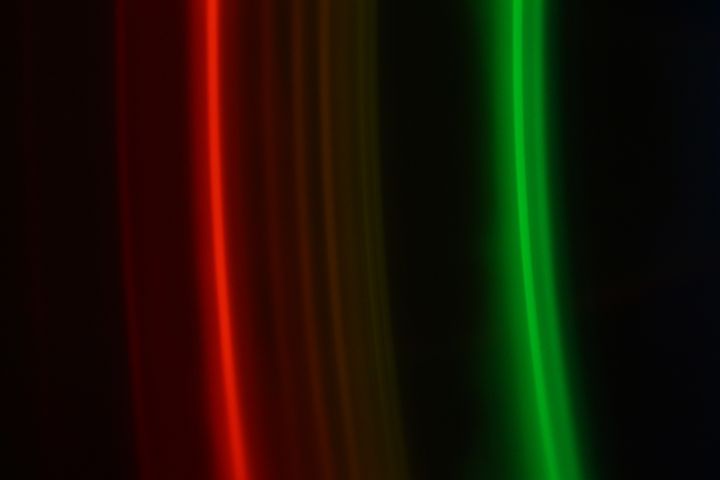

I'll end this section with an unshielded curved compact fuorescent bulb that is in a light fixture in our living room, as photographed through a glass prism. It is simply pretty.
